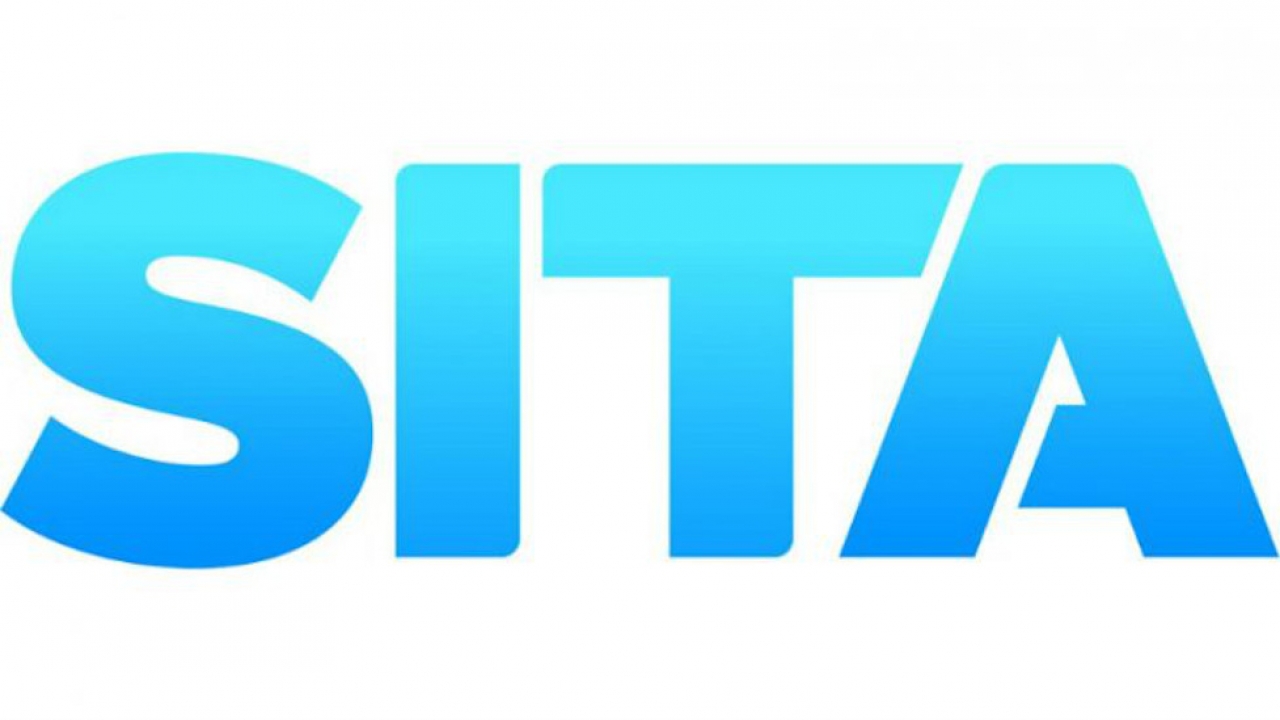SITA: CIOs betting on technology to support industry recovery
Airport and airline CIOs are betting on technology to support their recovery from COVID-19, this is according to new findings from SITA's 2021 Air Transport IT Insights.

The majority of airlines (84%) and airports (81%) expect to spend the same or more in 2022 compared to 2021, with spending on automation of passenger processing seeing a significant rise. This compares to 56% of airlines and 67% of airports that planned investment in automated passenger service in 2021. Creating a more streamlined and digitally enabled journey to boost passenger confidence and enhance convenience is a priority for airlines and airports.
Automating health verifications
This year’s IT Insights identifies passenger health certificate verification as an area for urgent attention as airlines and airports invest in digitizing the process. During 2021, staff across 81% of airlines resorted to performing manual verifications of health certificates in paper or scanned format. However, airlines want to automate the process over the next three years, with the majority investing in verification via a mobile app (51%) and nearly half investing in kiosk-enabled health checks (45%).
Digital passenger health certification is also an urgent requirement for airports with a need to standardise approaches to verification. To accommodate growing passenger traffic and anticipated congestion, nearly half of major airports surveyed plan to implement mobile app-enabled verification. Almost a third have plans for verification through kiosks by 2024.
Airline investment is also increasing in areas such as self-service through mobile services, unassisted bag drop, boarding gates, and bag notifications. Touchless and low-touch technologies – to make the journey easier, quicker, and safer – stay firmly in the investment mix, combined with investments in passenger identity management driven by biometrics. Nearly three-quarters (74%) of airports now invest in biometric identity management solutions for passengers to drive safety and efficiency in the era of COVID-19.
David Lavorel, CEO, SITA at airports and borders, said: “The industry faces pressure from all sides with an urgent need to reduce costs by optimising operational efficiency while also adhering to new operational hurdles connected to COVID-19. In addition, sustainability is a continued concern for the industry, with growing recognition that transformation needs to happen today to achieve the emission reduction goals of tomorrow. Smart technology, automation, and digitalization are the only ways our industry can thread the needle between profitability, safety, and sustainability.”
Sustainability steps
Airlines have moved sustainability high up the IT agenda, with more than half (56%) implementing new technology to improve sustainability and a third (32%) planning to do so by 2024. Many are exploring how IT can support their sustainability goals and ambitions as they respond to pressure to reduce carbon emissions in scopes 1 and 2 of the Greenhouse Gas (GHG) protocol, which focus on direct emissions from owned or controlled sources and indirect emissions from the generation of purchased energy.
Most airlines are now prioritising new IT to make their operations more sustainable, including data-driven flight path optimisation to enhance inflight efficiencies and reduce fuel burn.
Sustainability is equally critical for airports with most implementing initiatives such as building airport infrastructure (green spaces, use of natural light, and renewable energy), widely available recycling points, and intelligent building technology and automation.
Sébastien Fabre, CEO for SITA aircraft, added: “Industry figures estimate that improving aviation operations and infrastructure could reduce emissions by up to 10%. Airports and airlines can achieve significant emission savings almost immediately while future-proofing their organisations by investing in the cutting-edge technologies that deliver these efficiencies.”
As the industry pushes towards digitalisation, there is growing reliance on data centres. The report findings show most airlines plan to adopt selection criteria for external data centre providers that favour carbon neutrality or other environmental considerations.
Stay up to date
Subscribe to the free Times Aerospace newsletter and receive the latest content every week. We'll never share your email address.

